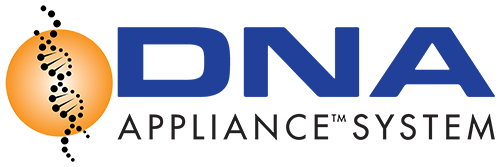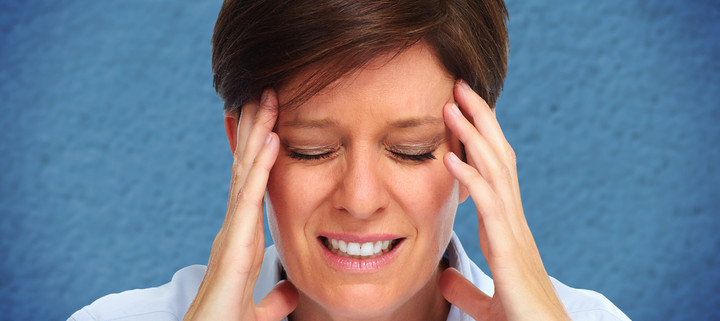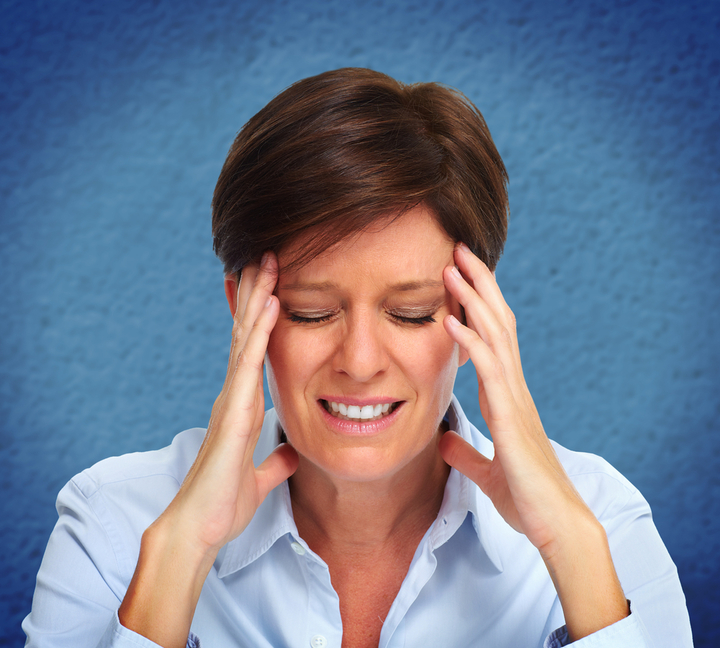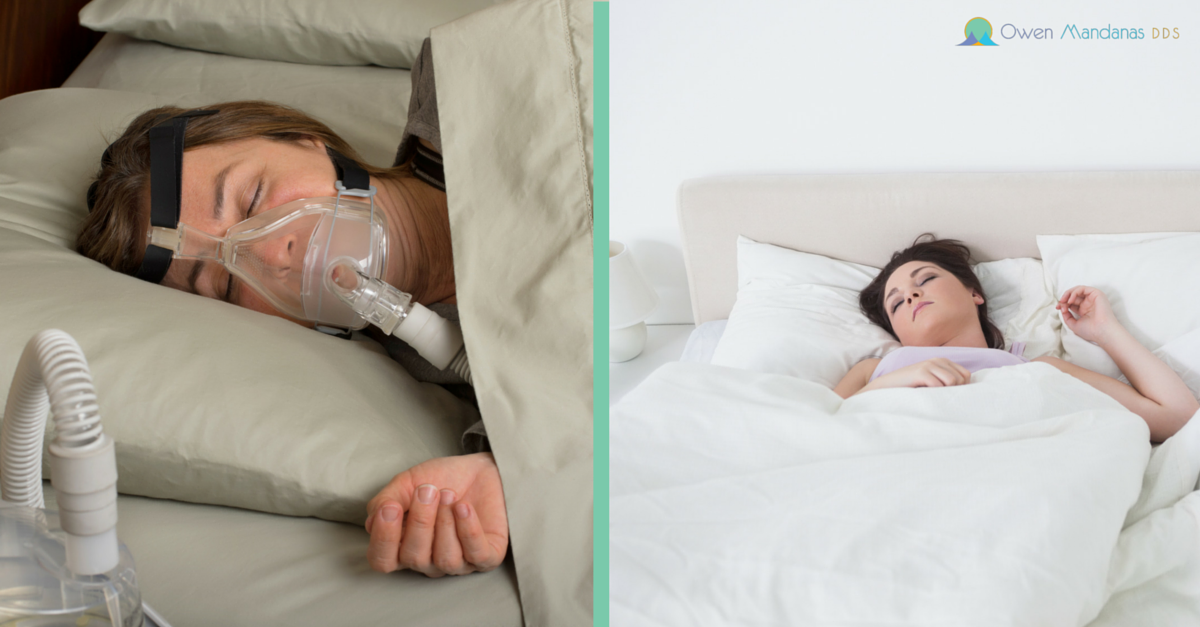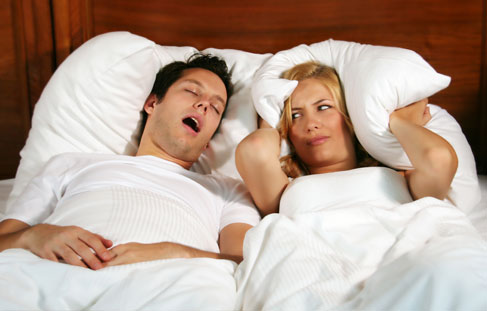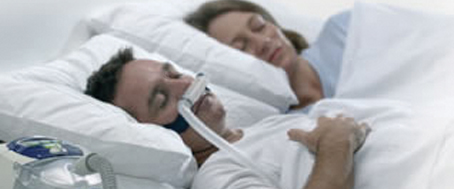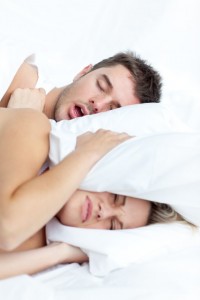Ortho-Tain Safely Treats Sleep Apnea in Kids
Sleep Apnea is a sleep disorder in which a person repeatedly stops breathing and then starts again. While it is more common in adult males, children can also suffer from it as well. In fact, more and more studies seem to link intention, bad behavior, ADD and ADHD with a lack of sleep and poor sleep quality in children. Ortho-Tain can help Anchorage children get better sleep and improve their quality of life.
What is Ortho-Tain?
Ortho-Tain is a removable orthodontic appliance that can not only be worn by teens and adults but also by children as young as five. The appliance is custom made to fit your teeth and can be worn during the evening as well as during the day. For many people, it is a safe, efficient and affordable alternative to traditional braces.
In addition to offering an alternative to traditional sleep apnea treatments, Ortho-Tain can treat a variety of conditions including overbite, overjet or buckteeth, spacing issues, crowding, TMJ disorders, and malocclusion.
How Does Ortho-Tain Help with Sleep Apnea in Children?
Ortho-Tain offers two appliances, the Nite-Guide and the Occlus-o-Guide, that can make a dramatic impact on the quality of your child’s sleep. Originally, both appliances were designed to straighten teeth, and they still do a very effective job at that. In additional they have been found to promote the healthy downward and outward growth and development of both the upper and lower jaw. This is critical because sleep problems like sleep apnea come from kids not getting enough oxygen while they sleep. When their upper and lower jaw has developed correctly, then their airways can expand fully providing for more oxygen and better sleep quality. The Nite-Guide and the Occlus-0-Guide are both appliances worn while sleeping and can also eliminate teeth grinding and reduce snoring.
Early diagnosis and orthodontic treatment in children as young as 5 is not something most parents traditionally consider. However, some Anchorage dentists are hoping to change that mindset. Early treatment tends to be less invasive and shorter in duration. This has many obvious benefits for both child and parents including:
- Better sleep earlier in a child’s life can reduce or eliminate issues like anxiety, moodiness, hyperactivity, sleep apnea, ADHD, etc.
- Shorter treatment times
- Lower costs
- Reduction or elimination of more traditional braces later in a child’s teens, which tend to be more expensive, invasive, and painful
- Early treatment can catch and treat medical conditions like TMJ and stop it before it develops.
Sleep apnea can be a contributing factor if your child is suffering from behavioral issues or even just struggling to pay attention. Ortho-Tain is an option that is less invasive and expensive than traditional sleep apnea treatments and can address teeth issues in addition to the sleep problems.

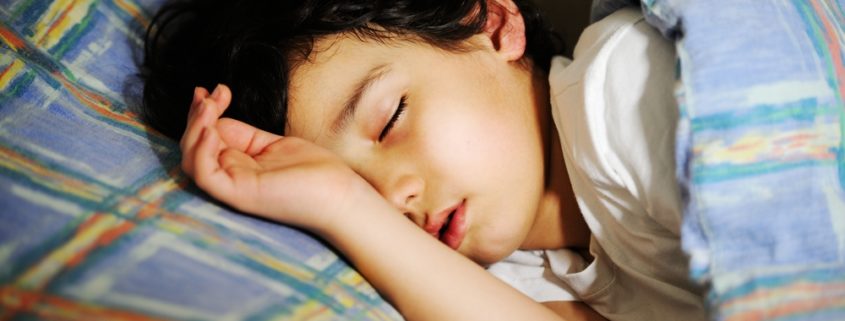
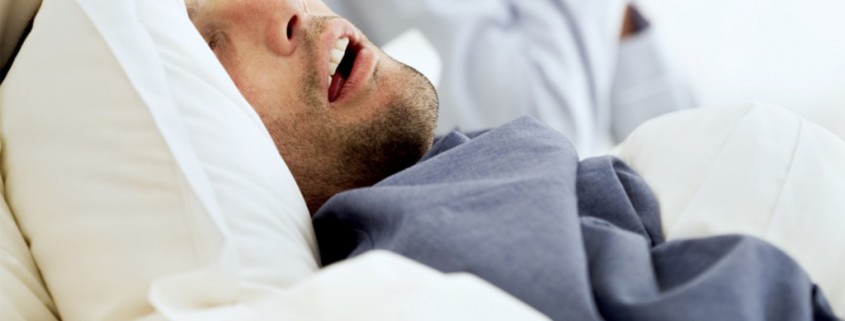
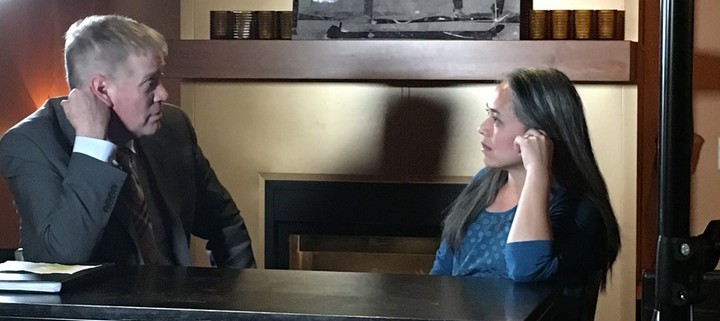
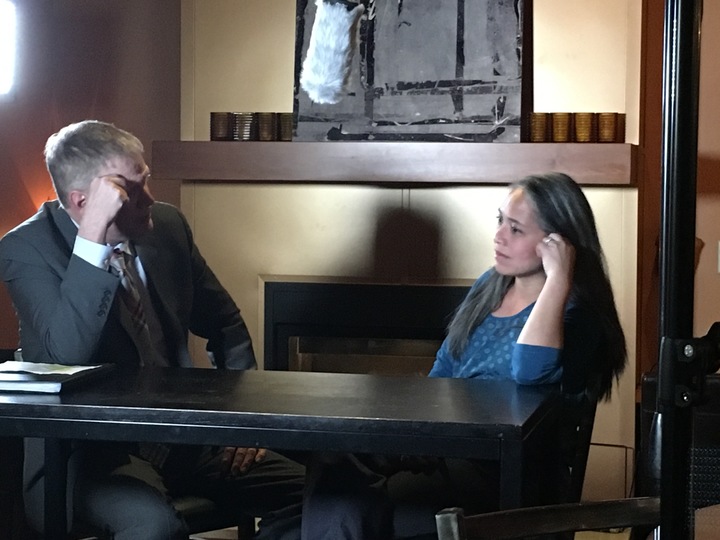
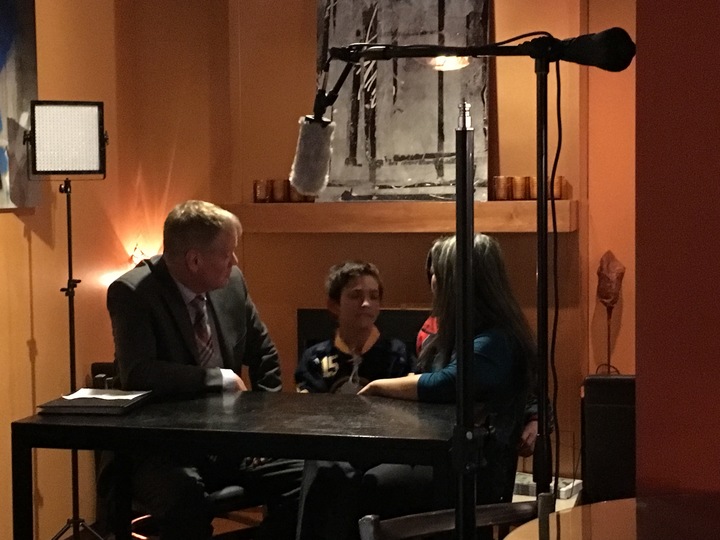

 Did you know that 27.4% of Alaskans are sleep deprived?
Did you know that 27.4% of Alaskans are sleep deprived?